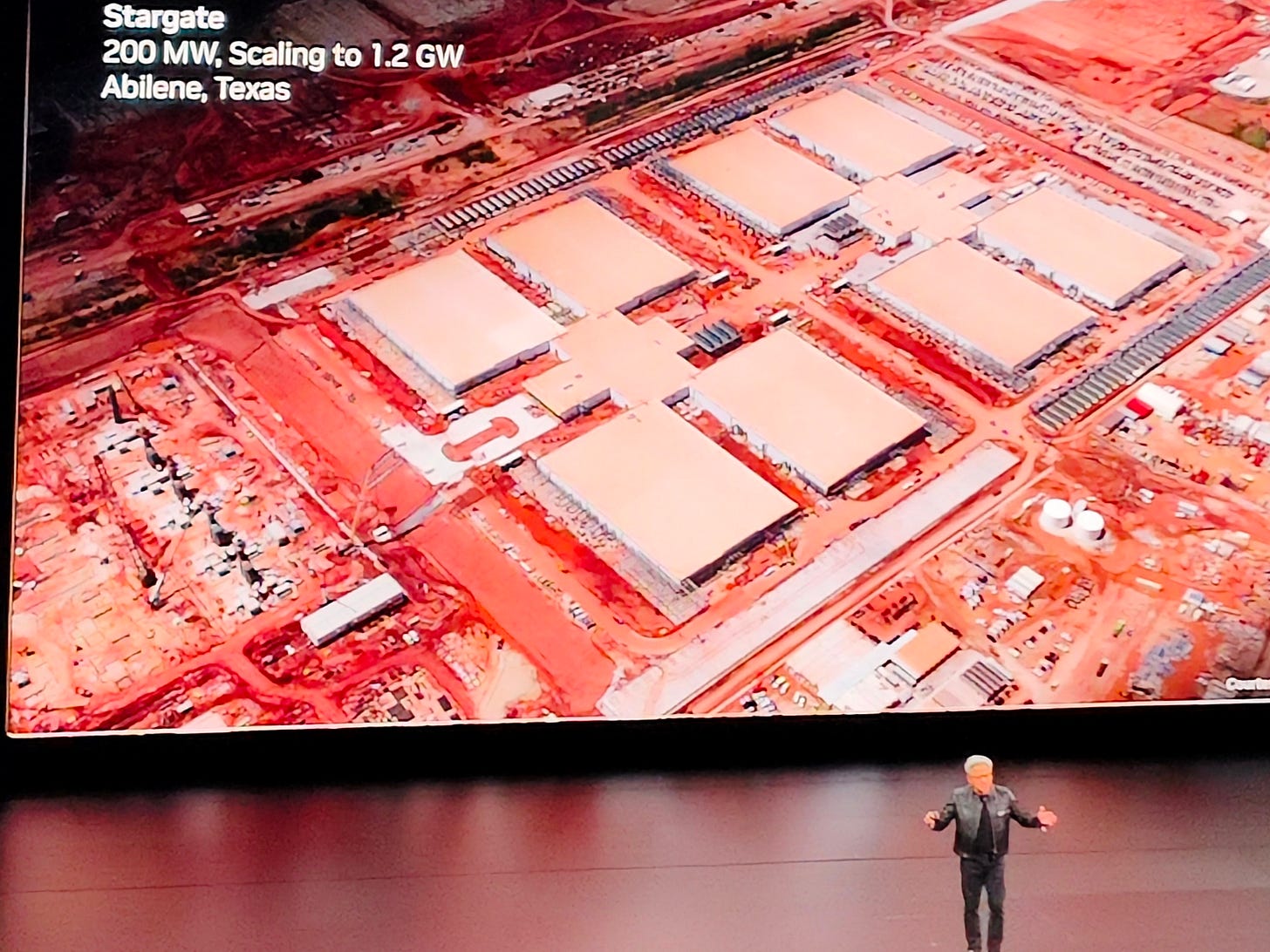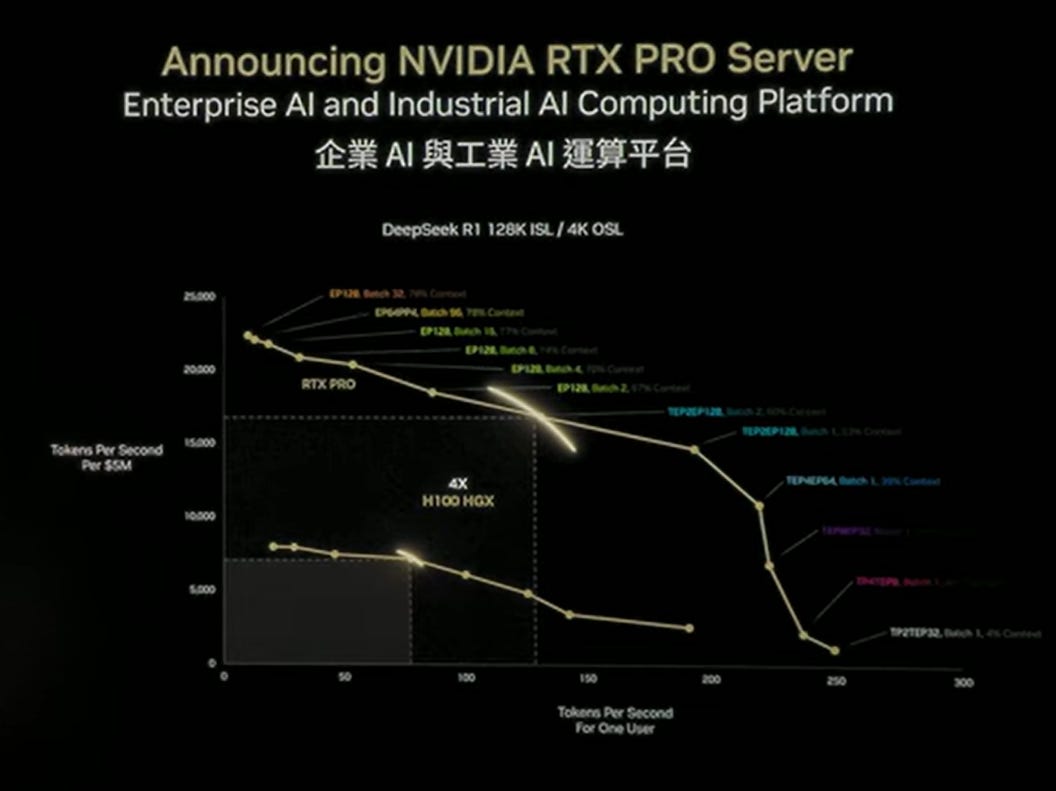NVIDIA CEO Jensen Huang returned to his birthplace with signature flair, delivering a sweeping keynote at Computex 2025 that unveiled the company’s bold vision for the AI-driven future. Addressing a packed house in Taipei, Huang announced a cascade of new technologies spanning AI computing, next-gen chips, software platforms, and partnerships—cementing NVIDIA’s position at the heart of the AI revolution.
1. Rubin Platform: NVIDIA’s Next-Gen AI Computing Powerhouse
The headline announcement was the introduction of the Rubin platform, NVIDIA’s next-generation AI architecture, expected to debut in 2026. Rubin will feature:
Rubin GPU and Vera CPU, built on cutting-edge Blackwell Ultra technology.
HBM4 memory and a new NVLink Switch 6 to supercharge AI workloads.
Enhanced capabilities for generative AI, especially for trillion-parameter models.
Huang teased that Rubin follows a now-annual cadence of platform launches, suggesting that AI infrastructure will keep evolving at lightning speed.
2. NVLink Fusion: Building Custom AI Supercomputers
A highlight of the keynote was the announcement of NVLink Fusion, a modular technology that allows companies to build semi-custom AI supercomputers:
NVLink Fusion enables integration of non-NVIDIA chips—including custom CPUs and ASICs—directly into NVIDIA’s AI computing fabric.
Using NVLink chiplets, custom accelerators can interface with NVIDIA GPUs like Blackwell and future Rubin units.
Partners like MediaTek, Marvell, Fujitsu, and Qualcomm are already developing NVLink-compatible components.
Huang called NVLink “the miracle” that allows NVIDIA systems to scale up seamlessly across massive racks, calling it a critical enabler for future AI factories.
3. Spectrum-X: Supercharging Ethernet for AI
In a bid to optimize AI data centers beyond Infiniband, Huang introduced Spectrum-X, NVIDIA’s new Ethernet platform purpose-built for AI workloads. The key offering:
Spectrum-4 Ethernet switches paired with BlueField-3 DPUs, enabling 1.6 Tb/s connectivity.
NVIDIA claims a 1.6x speed-up for AI workloads compared to traditional Ethernet solutions.
Huang emphasized that Spectrum-X will make AI computing “lightning fast” even on standard Ethernet infrastructure.
4. NVIDIA NIMs: AI Made Plug-and-Play
NVIDIA’s AI software stack is getting more developer-friendly with NVIDIA NIMs (Neural Interface Modules):
Prepackaged AI microservices based on models from NVIDIA and partners like Meta, Mistral, Google, and Microsoft.
Ready-to-use APIs for tasks like translation, coding, or copilots.
With over 500,000 downloads since launch, NIMs aim to democratize AI deployment in enterprise environments.
5. DeepSeek: A Rising Star in Generative AI
In a rare shoutout to an external model, Huang praised the performance of DeepSeek-VL R1, highlighting its fourfold speed advantage over NVIDIA’s own Hopper-based inference benchmarks for large language models like LLaMA 70B:
Described as a “gift to the world’s AI industry,” DeepSeek’s innovations in reasoning and inference optimization were recognized as significant for advancing the field.
Huang noted DeepSeek’s contributions have reshaped how researchers approach inference efficiency and AI reasoning.
This public endorsement from NVIDIA’s CEO cements DeepSeek’s position as one of the most influential open models of the year.
6. Isaac Groot: Enabling the Era of Physical AI
Marking a major step into robotics, Huang introduced Isaac Groot 1.5, NVIDIA’s full-stack platform for physical AI:
Includes the Jetson Thor robotic processor, optimized for edge autonomy.
Features the Isaac robotics OS, pre-trained foundation models, and Omniverse-based simulation.
Now open-source, Isaac Groot enables real-world deployment of autonomous machines, humanoids, and industrial arms.
To overcome data scarcity, NVIDIA introduced Groot Dreams, a generative pipeline that expands small human demonstrations into massive synthetic datasets for robotic training.
Huang called human-centric robots “likely the only form of robot that will scale,” predicting a multi-trillion-dollar market driven by global labor shortages.
7. DGX Spark: Personal AI Supercomputing
Aimed at developers and small labs, NVIDIA announced DGX Spark, a desk-side AI system delivering supercomputer-level performance:
Offers 1 petaflops of compute and 128 GB of LPDDR5X memory.
Designed for always-on AI prototyping and local development—no cloud required.
Matches the performance of NVIDIA’s original DGX-1 system from 2016 in a fraction of the size and cost.
DGX Spark will be available from partners including Dell, HP, MSI, Gigabyte, Lenovo, and Lambda.
8. Omniverse and Digital Twins Expansion
Huang spotlighted NVIDIA’s continued push into industrial simulation through Omniverse and Digital Twin technologies:
Used by companies like Siemens, Wistron, and TSMC for factory simulation, robotics, and autonomous systems.
Huang demonstrated how generative AI can design factories virtually before a single brick is laid.
He described Omniverse as “ChatGPT for factories,” enabling real-time simulation of complex systems.
9. Strong Taiwan Partnerships and Local Production
In a nod to the host country, Huang praised Taiwan's pivotal role in NVIDIA’s supply chain. He confirmed partnerships with TSMC, Wistron, QCT, ASUS, Gigabyte, and others remain central to the company’s strategy.
He affectionately referred to Taiwan as “our hometown,” announcing that Foxconn, National Science and Technology Council (NSTC), TSMC, and Nvidia will build a large-scale AI supercomputer for Taiwan, drawing applause from the audience.
The Big Picture: AI Factories Are the New Cloud
Huang closed the keynote with a vision of AI factories—massive data centers purpose-built to generate intelligence as the next industrial revolution. “The next wave of computers will not be programmed; they will learn,” he said.
With its new hardware platforms, software tools, and global partnerships, NVIDIA is not just riding the AI wave—it’s building the infrastructure to drive it.
Taiwan is at the forefront of this trend, with companies like TSMC, Foxconn, and Pegatron using NVIDIA's Omniverse platform to develop digital twins and prepare for a robotic future.
In conclusion, NVIDIA's vision encompasses the rise of AI factories as centers of AI production and the transformative power of physical AI in shaping the next generation of robotics and manufacturing.
At the end of his speech, Jensen Huang announced that NVIDIA will build its new Taiwan headquarters, nicked named “NVIDIA Constellation”, in the Beitou Shihlin area, inviting a round of applause and cheer from the crowd.






